Finding ways to keep kids engaged with Number Sheets can be a bit of a struggle. You want them to learn and have fun, but sometimes, the materials you need aren't right at your fingertips. Teachers and parents often need to create or find number sheets from 1 to 100 for activities, homework, or classroom resources. It's about making learning accessible and enjoyable, without it turning into a daunting task for grown-ups.
We make it simple for everyone to teach or learn numbers. Designed sheets from 1 to 100 are ready to print. All laid out in a clear pattern, these sheets help with number recognition and counting skills. Handy for classrooms or home learning, making numbers fun and accessible.
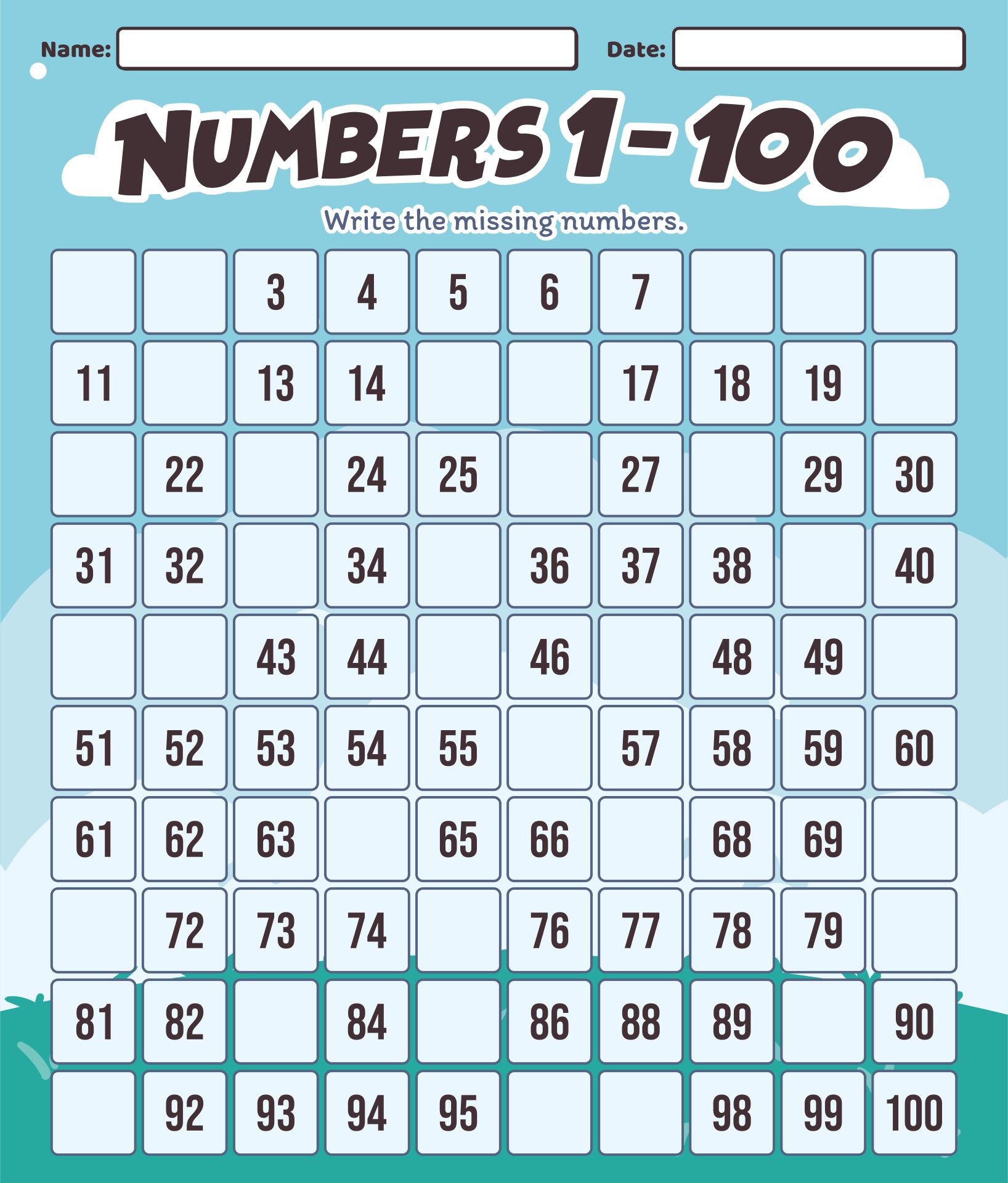
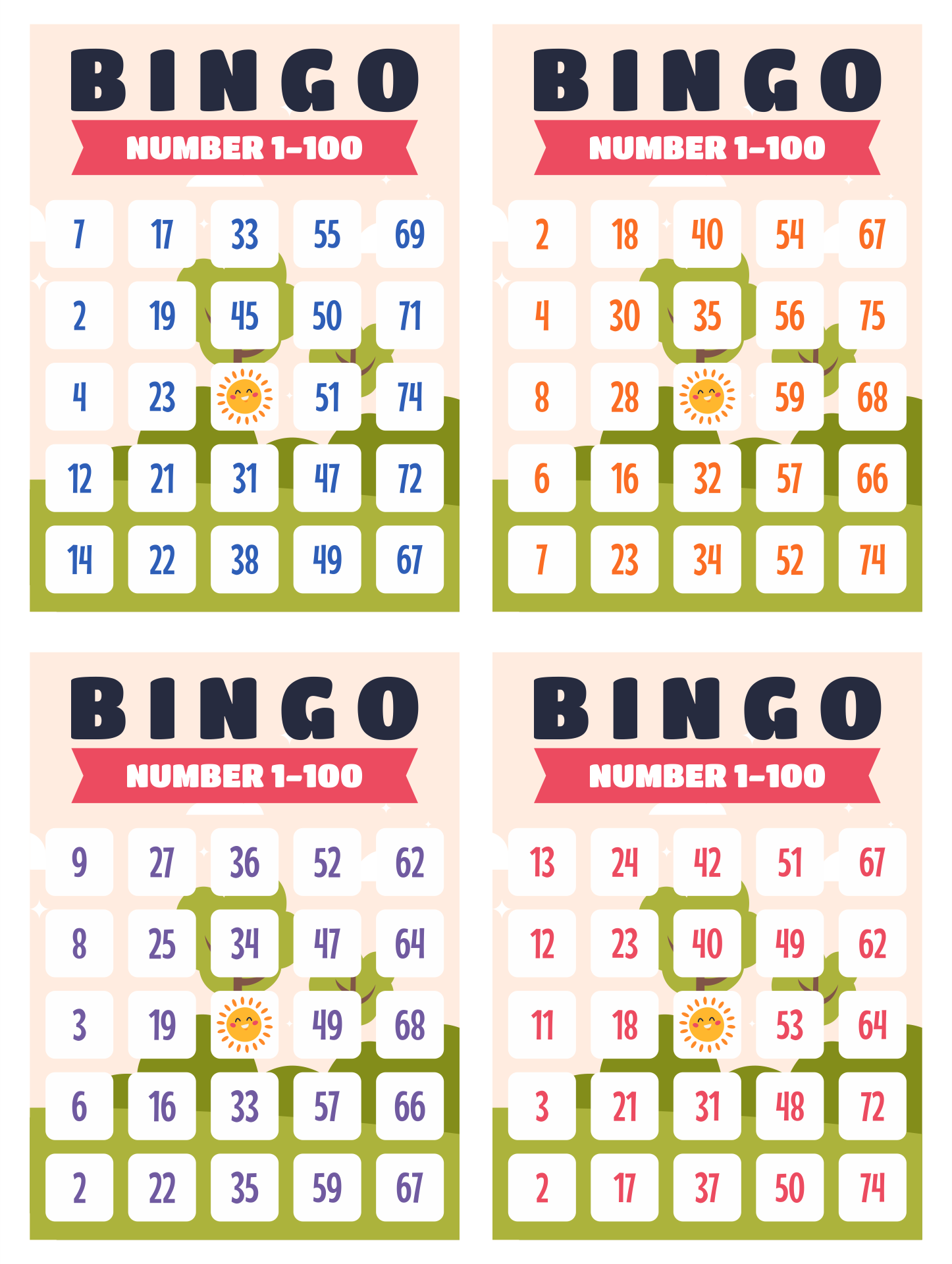
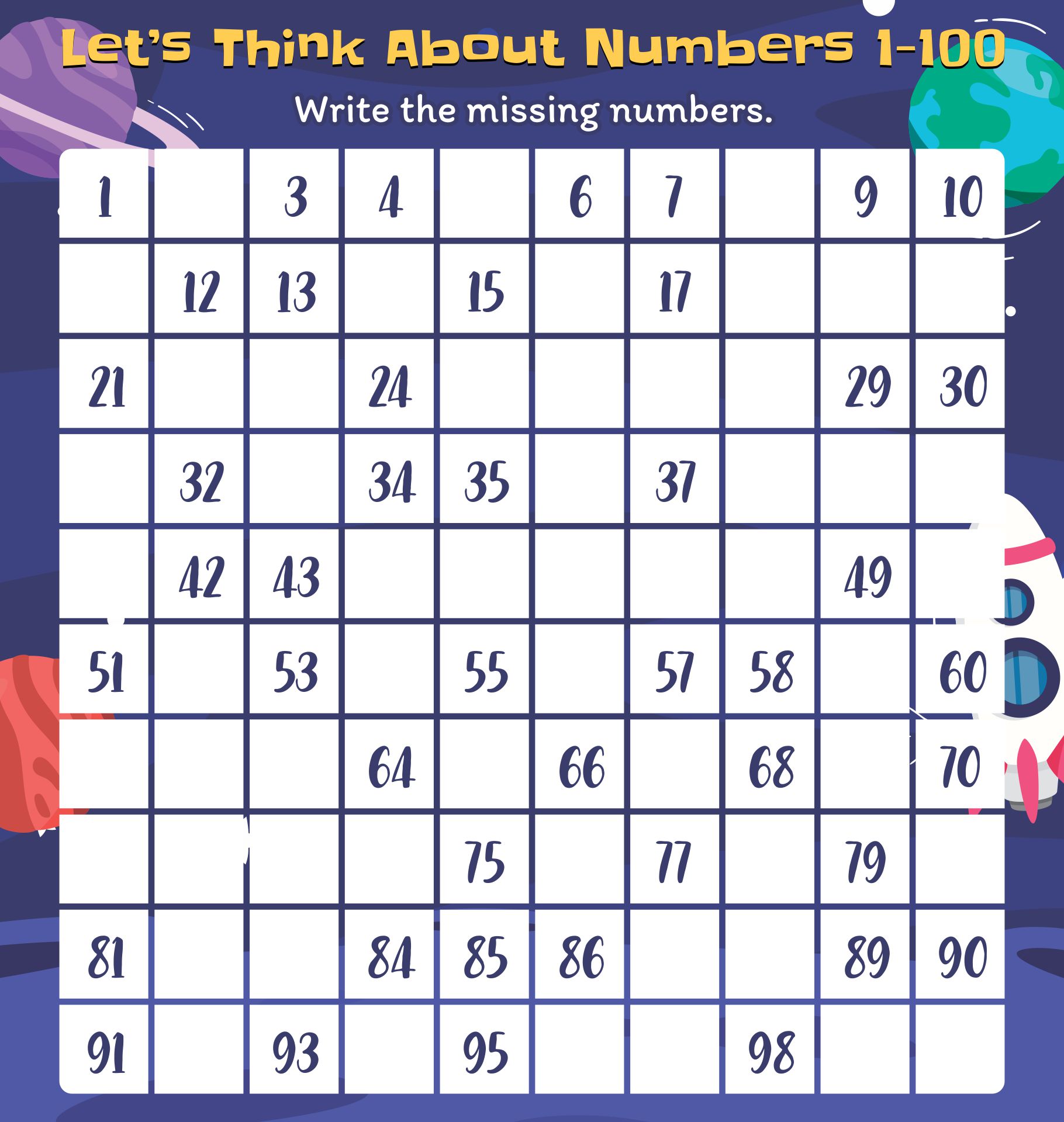
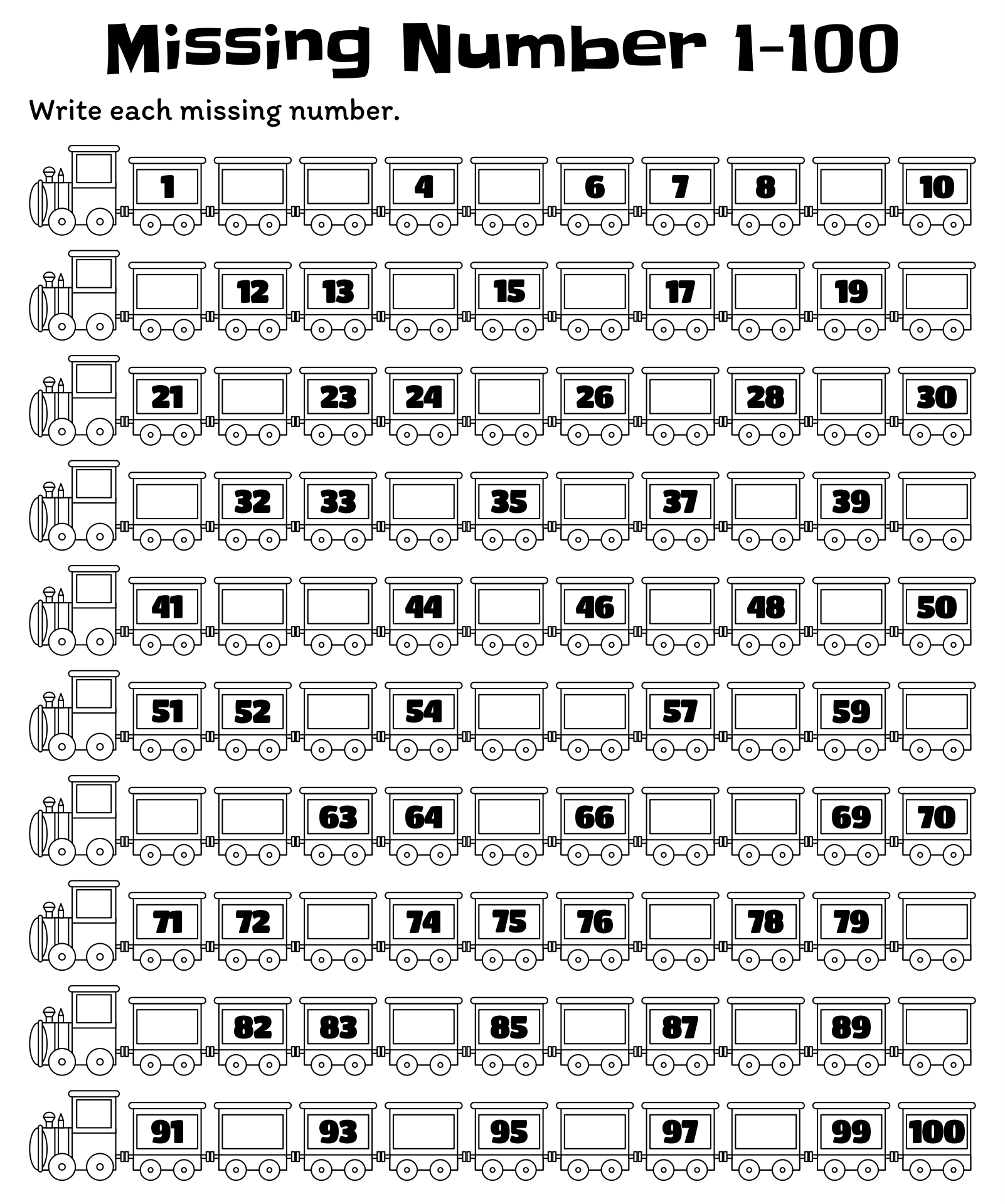
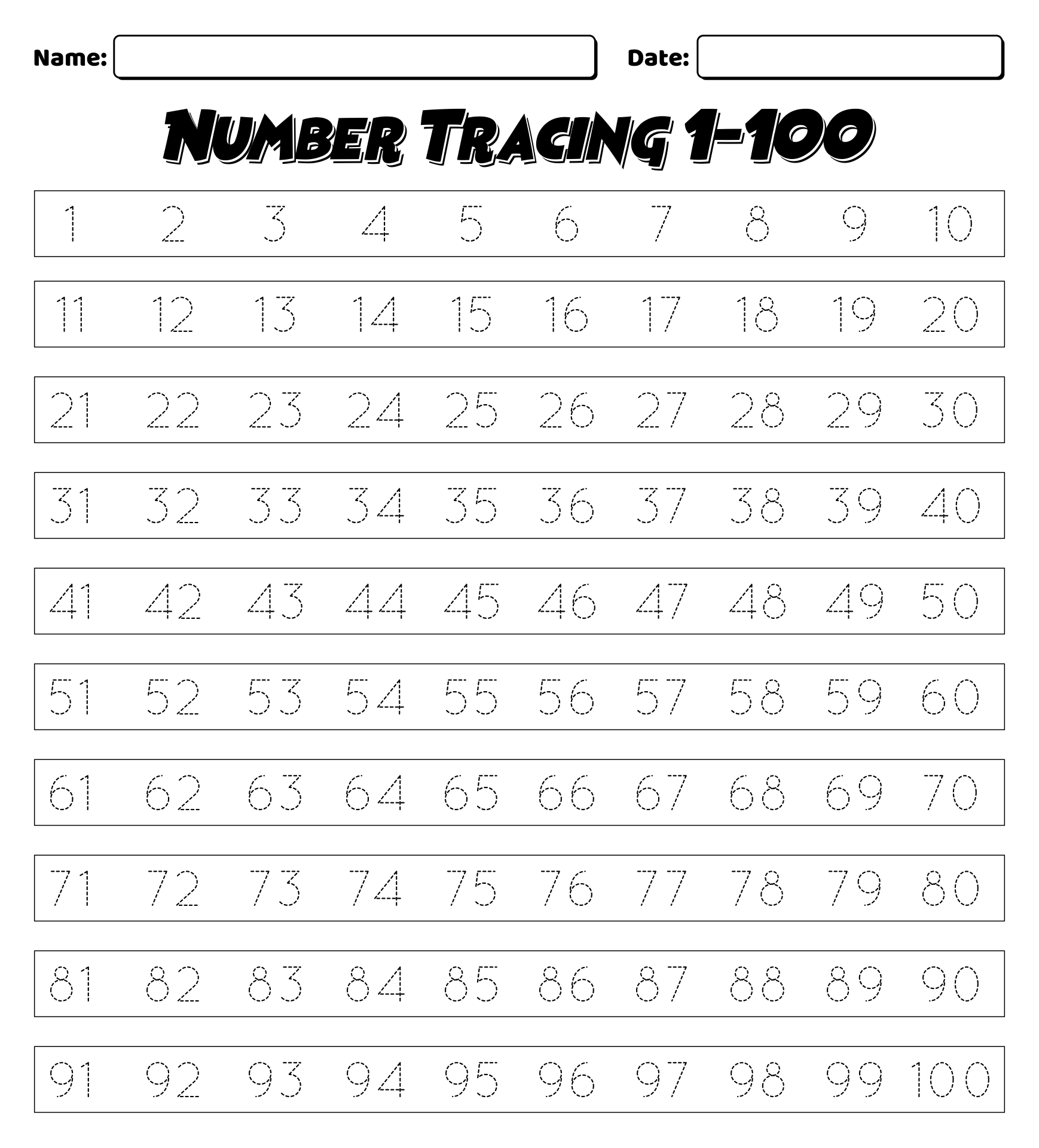
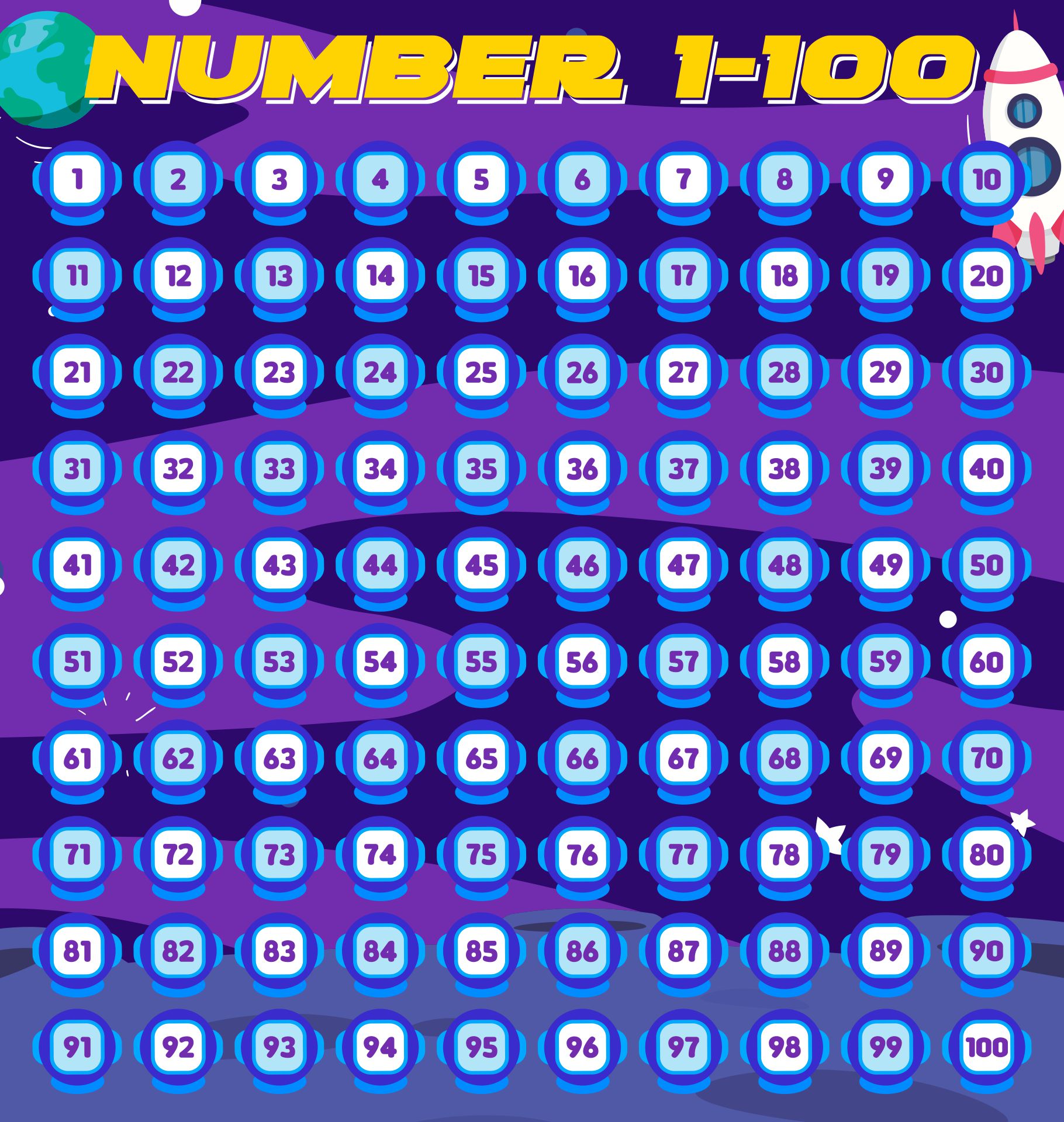
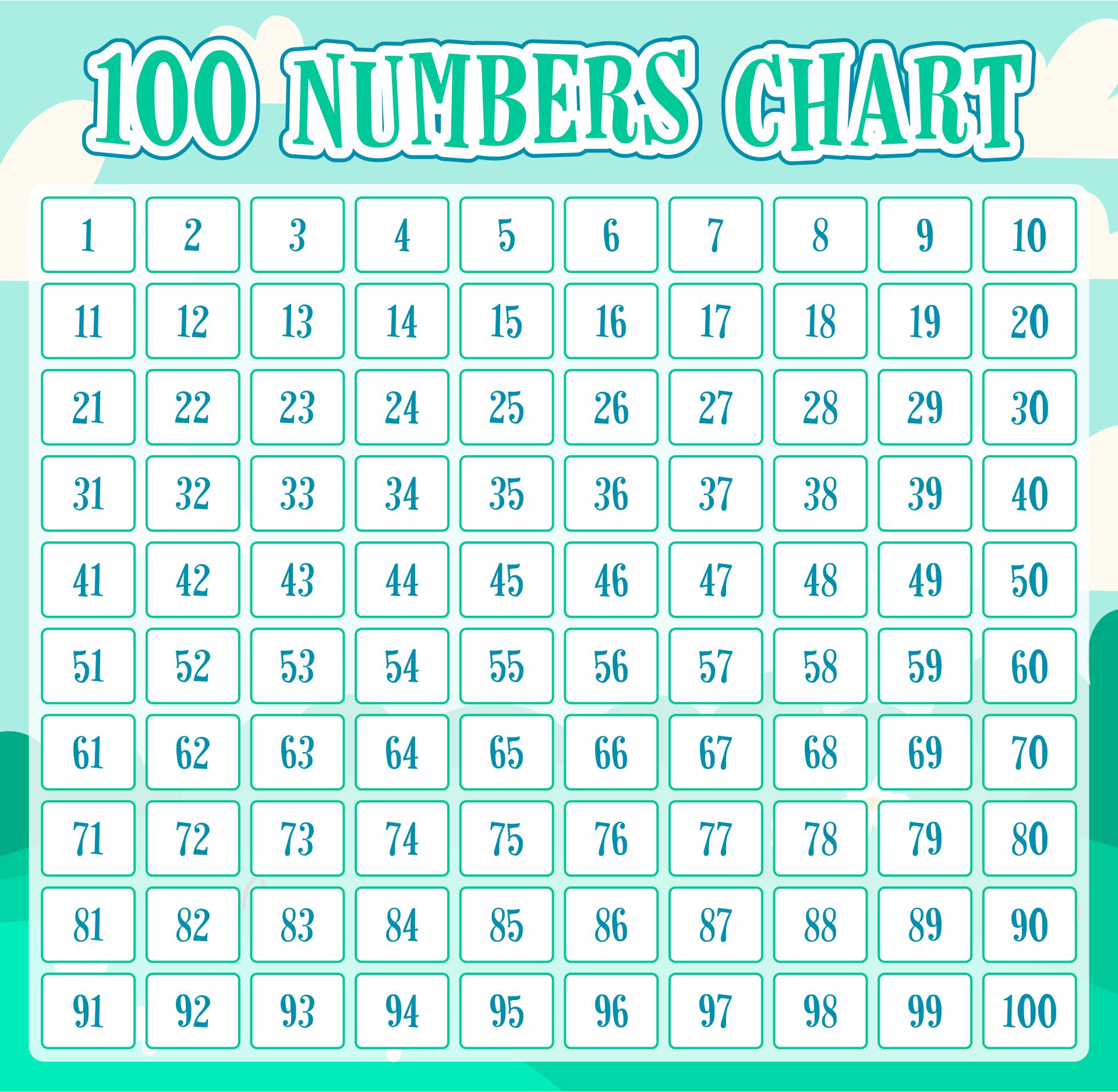
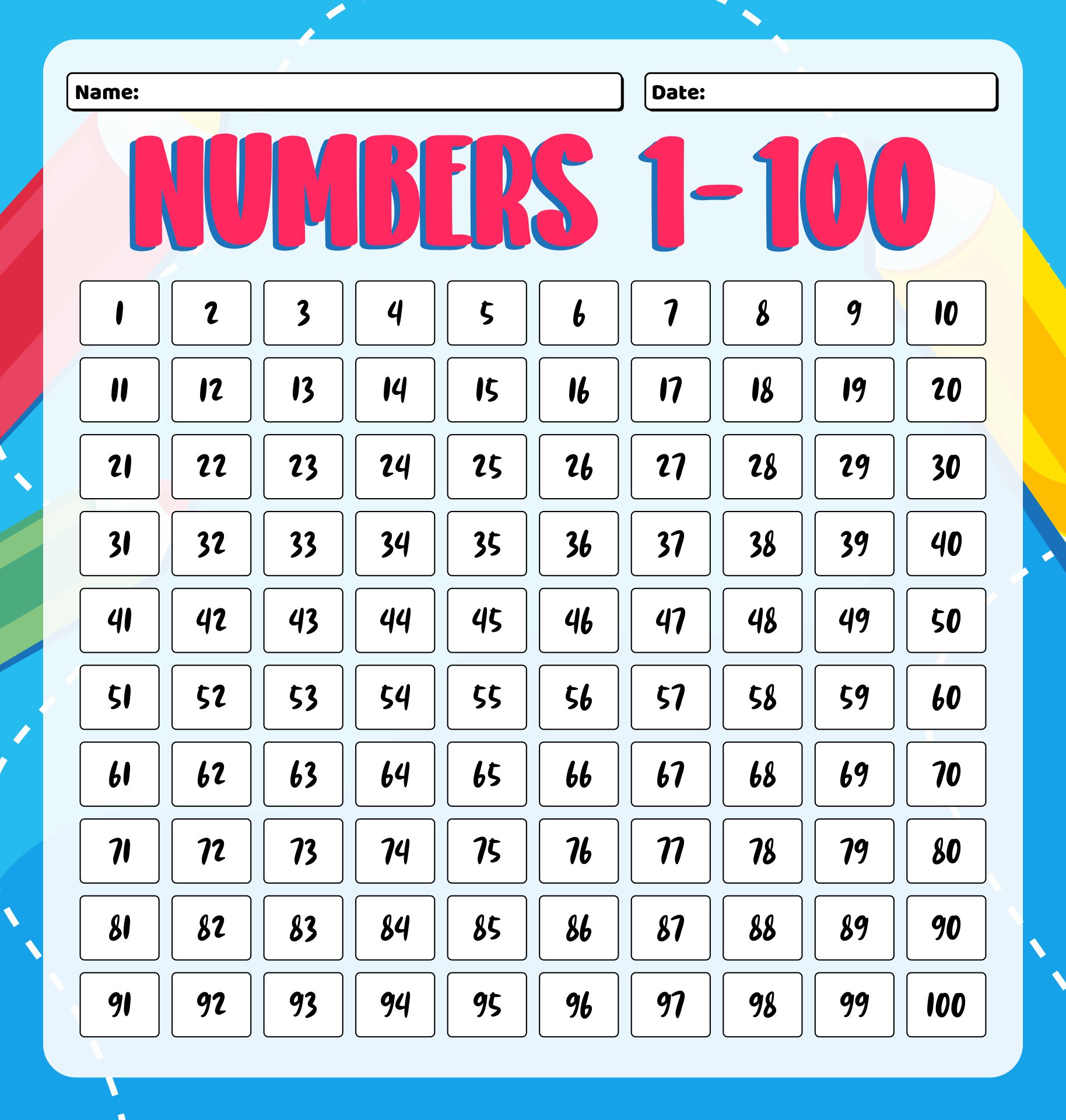
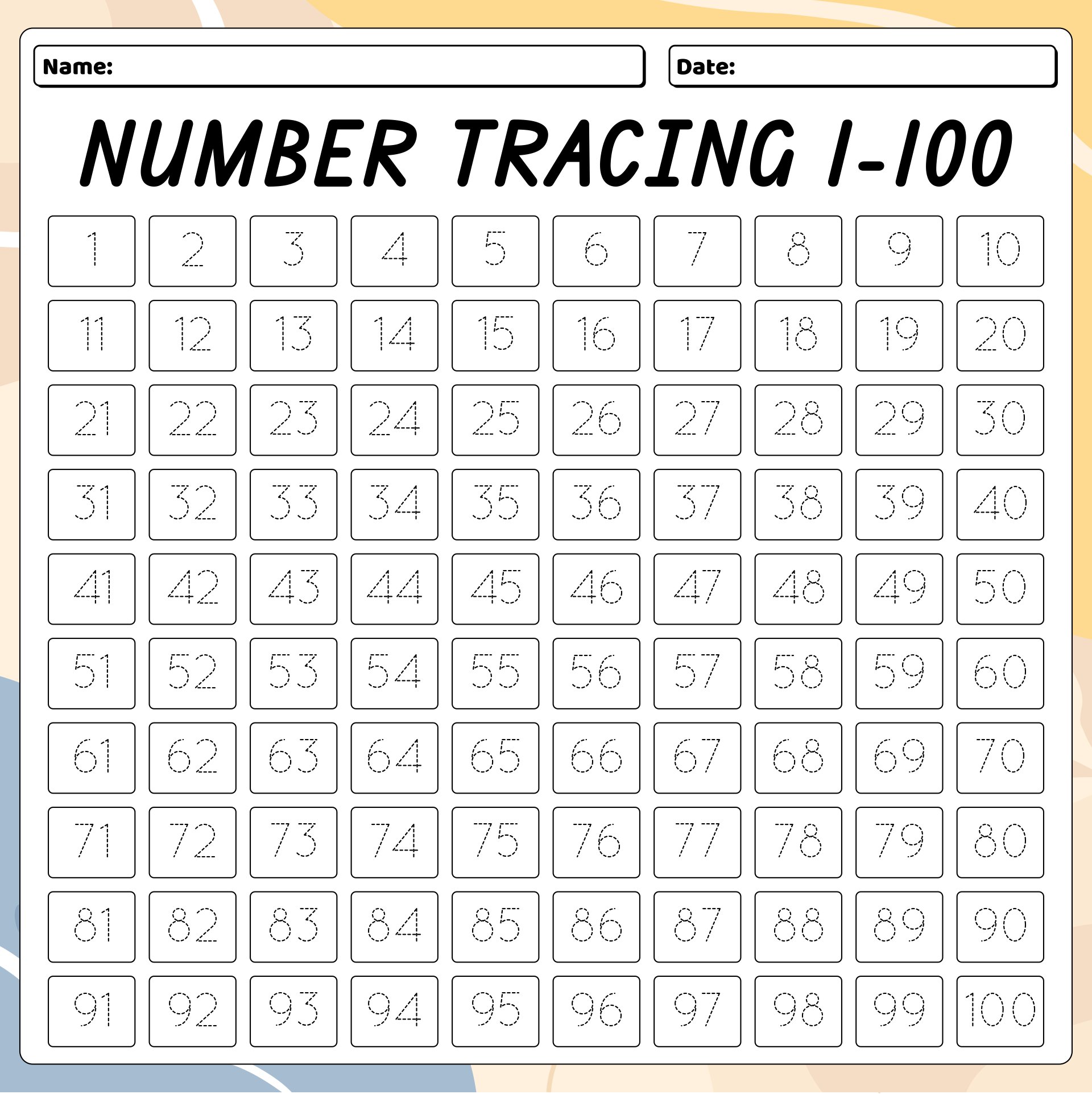
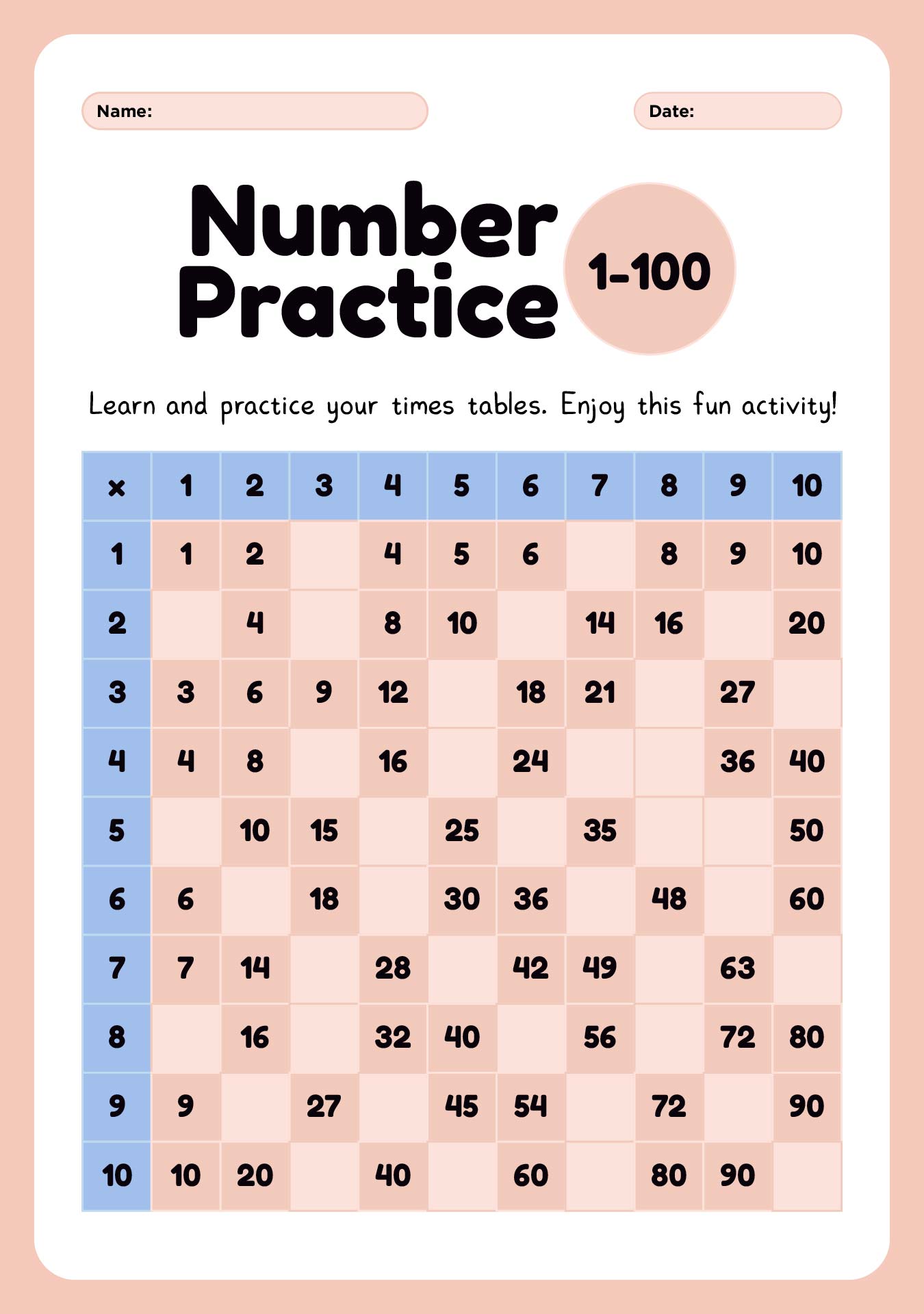
These worksheets are perfect for helping young learners grasp the basics of counting and number recognition. Through fun and engaging exercises, your child can practice counting from 1 to 10, which is essential for their early math development.
These worksheets are great for reinforcing number sequences and testing your child's ability to identify and fill in missing numbers up to 100. It supports their understanding of number order and boosts their problem-solving skills.
Number Bingo Cards offer a unique and interactive way to engage your child in learning numbers. Playing Bingo with these cards not only makes learning fun but also helps in enhancing your child's listening and recognition skills, making it a compelling educational activity.
Have something to tell us?
Recent Comments
This printable resource is a simple and effective way to practice numbers 1 to 100. Thank you for making learning enjoyable!
I found the Number Sheets 1 to 100 Printable very helpful for my child's learning journey. It's simple, easy to understand, and serves as a great visual aid. Thank you for creating such a useful resource!
Printable number sheets from 1 to 100 offer a convenient way to teach counting and number recognition skills to young children at home or in a classroom setting.